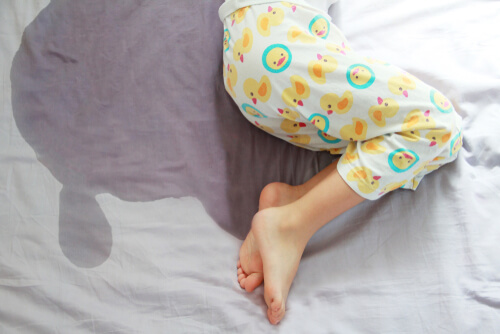
Enuresis is a common health condition that’s better known as bedwetting, and it’s seen in the majority of children at some point during their lives as a temporary condition that’s sometimes aggravated by factors like the wrong diet, trauma or stress – and it can be easily fixed in most cases simply by adjusting these factors until the problem goes away.
But there is still more research being done into the condition, and there are still many things that you might not have known about it. Bedwetting is considered a generally embarrassing medical condition by many, even though there’s nothing to be embarrassed about in front of your doctor.
This means that the condition often goes undiagnosed, unreported and still shrouded in completely unnecessary embarrassment for something that can be fixed with just a few changes to your health.
Here are 8 things that you might not have known about enuresis.
1. It’s Commonly Known as Bedwetting
Enuresis is the name used to describe what’s usually better known as bedwetting, and it can sometimes also be referred to as nighttime urination due to the fact that it’s something that usually only happens while asleep – and due to a variety of different reasons. The facts of the condition stay the same no matter what you choose to call it, and the first thing that you should know about bedwetting is that it’s an easier condition to treat than you might have first thought.
Ir occurs in most children at some point, and it’s considered a normal part of growing up; if the condition persists for a long time, or recurs after a long absence, it can signal something that should be addressed by a doctor. Remember to take note of any drastic (or even minor) changes that occurred during the child’s life around the time the problem might have started, as well as any health issues.



